'Krull': the science fantasy of 'Star Wars' without the magic
Forty years on, "Krull" remains a flawed – but intriguing – effort to cash in on George Lucas's galaxy far, far away.
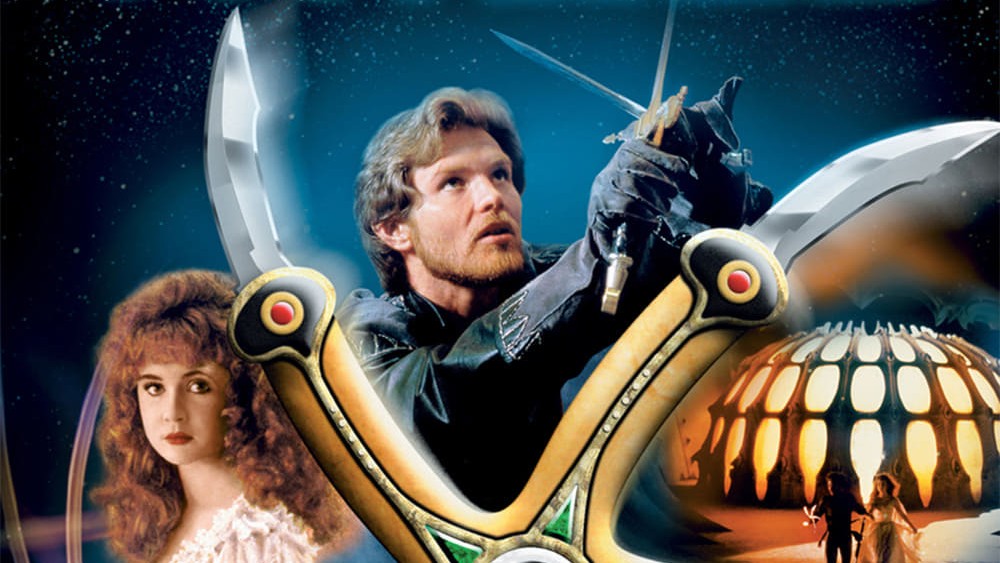
Luke Skywalker's well publicized exploits on the Death Star were such a spectacular success that there was an air of inevitability when other Hollywood studios tried to make a "Star Wars" of their own. More remarkable was the fact that their subsequent efforts to milk the cash cow (or bantha, perhaps?) took such different approaches to outer space.
However, most of the wannabes ignored a crucial element of George Lucas's extremely lucrative franchise – for all the spaceships, robots, and lasers, "Star Wars" was actually fantasy in sci-fi clothing, built around a hero whose quest revolved as much around magic (cleverly rebranded as "the Force") as futuristic gadgets.
In the years following "A New Hope," viewers were invited to experience the high camp of "Flash Gordon," the overblown space opera of "The Black Hole," and a Roger Corman-produced interstellar riff on "The Magnificent Seven" called "Battle Beyond the Stars." "Star Trek" also got in on the act with the "2001: A Space Odyssey"-esque grandeur of "The Motion Picture," while T.V. viewers were given a weekly dose of sci-fi in their homes courtesy of "Battlestar Galactica" (arguably one of the best sci-fi TV shows of all time).
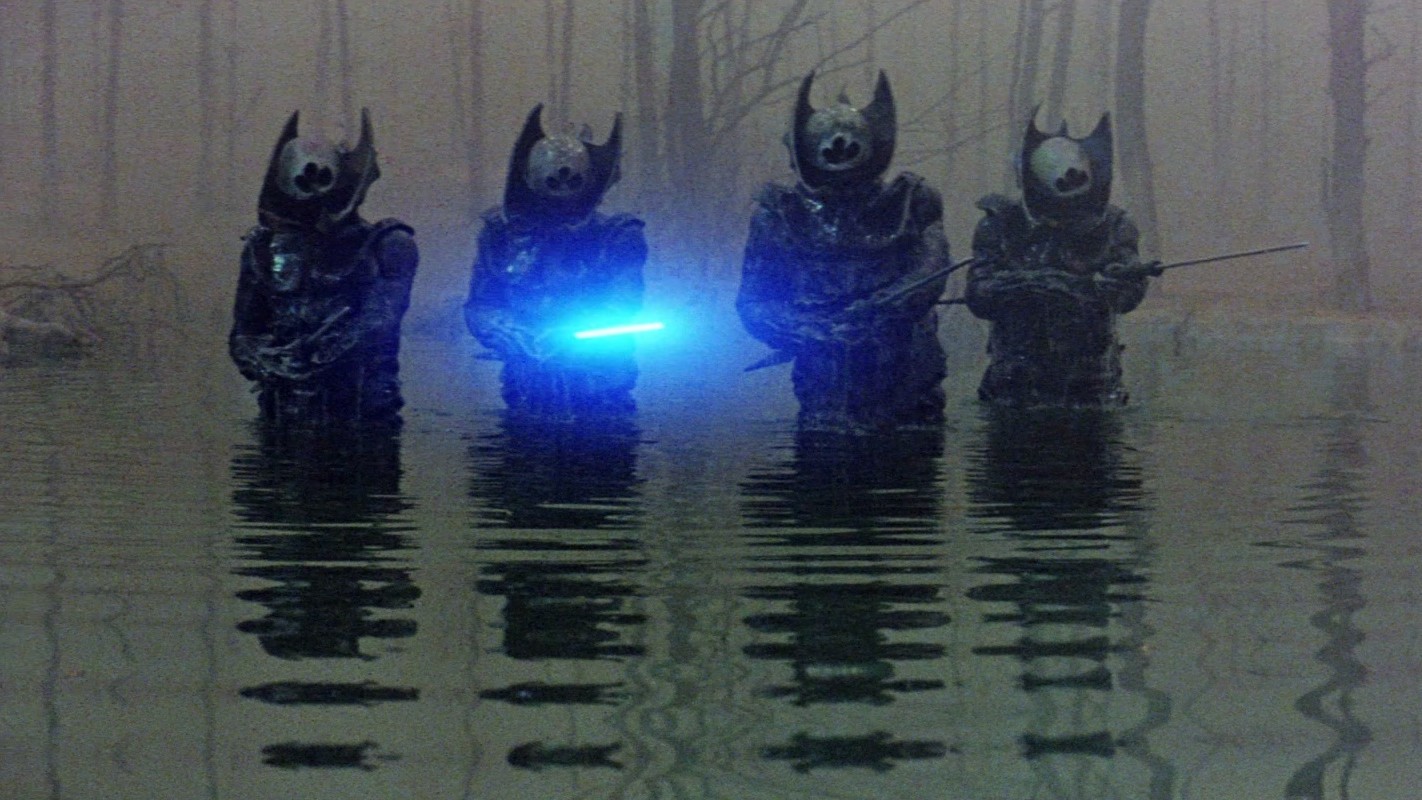
Unlike most of its rivals, "Krull" pushed fantasy to the top of the mix. In fact, it effectively flipped the Lucas formula on its head, imagining a quasi-fairytale world where the minimal sci-fi quotient was fulfilled by some dodgy alien invaders. Indeed, if the producers had pitched the movie as "'The Lord of the Rings' with Stormtroopers instead of Orcs," they wouldn't have been far off the mark.
As it turned out, audiences either weren't ready for Hollywood's latest attempt to ride the "Star Wars" wave, or – more likely – simply not interested. "Krull" was a critical and commercial flop on its 1983 release, and even now, on its 40th anniversary, it's hard to see exactly what the filmmakers were aiming for. Even so, if you can look past the over-earnest dialogue, the incoherent plotting, and the bizarre mishmash of genres, the movie still delivers its fair share of memorable moments. It even comes armed with a weapon worthy of a place alongside the best lightsabers in the arsenal of classic sci-fi ordnance.
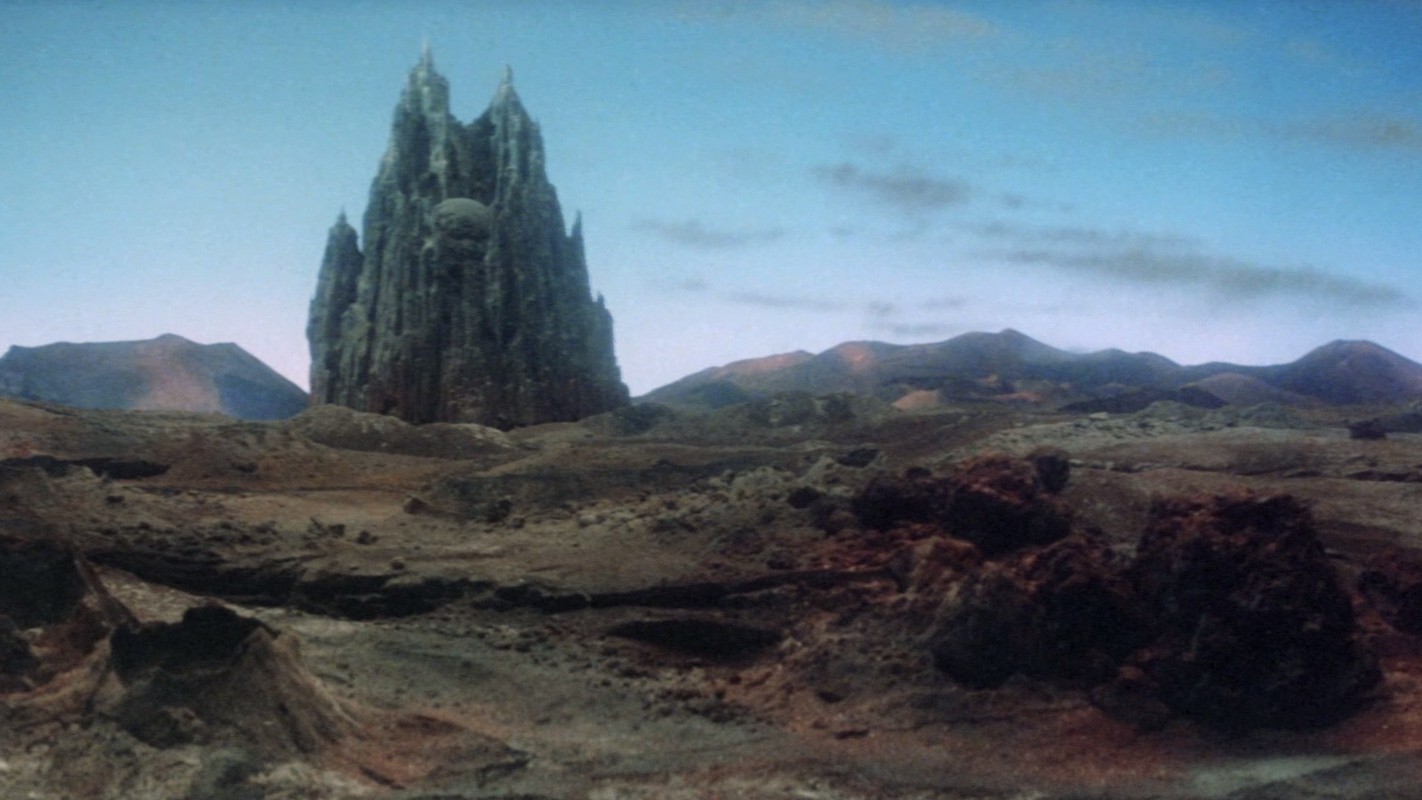
Like "A New Hope," "Krull" opens with a gigantic spacecraft flying over an unknown planet orbiting twin suns. This spacecraft is actually the Black Fortress, mobile base of operations for the all-conquering Beast who's decided to make the planet of Krull (a name worthy of a prog rock album) his new home. We know this because elderly mentor figure Ynyr (Freddie Jones) has told us that "this, it was given me to know" in his preposterously portentous opening narration.
Then, as seamlessly as switching channels on your T.V.'s remote, the movie segues into territory more traditionally associated with a Disney cartoon. In a theme park-worthy fairytale castle, chosen ones Prince Colwyn (Ken Marshall) and Princess Lyssa (Lysette Anthony) declare their undying love for each other, safe in the knowledge they are not brother and sister. But this most tender of moments proves short-lived, as the Beast's Slayers (anonymous soldiers wearing Stormtrooper-esque plastic armor) turn up to crash the party. As Colwyn's human soldiers do their best to fight off laser weapons with swords, the skirmish is such a hideous mismatch that it's no surprise when Lyssa is abducted to become the Beast's reluctant bride.
Get the Space.com Newsletter
Breaking space news, the latest updates on rocket launches, skywatching events and more!
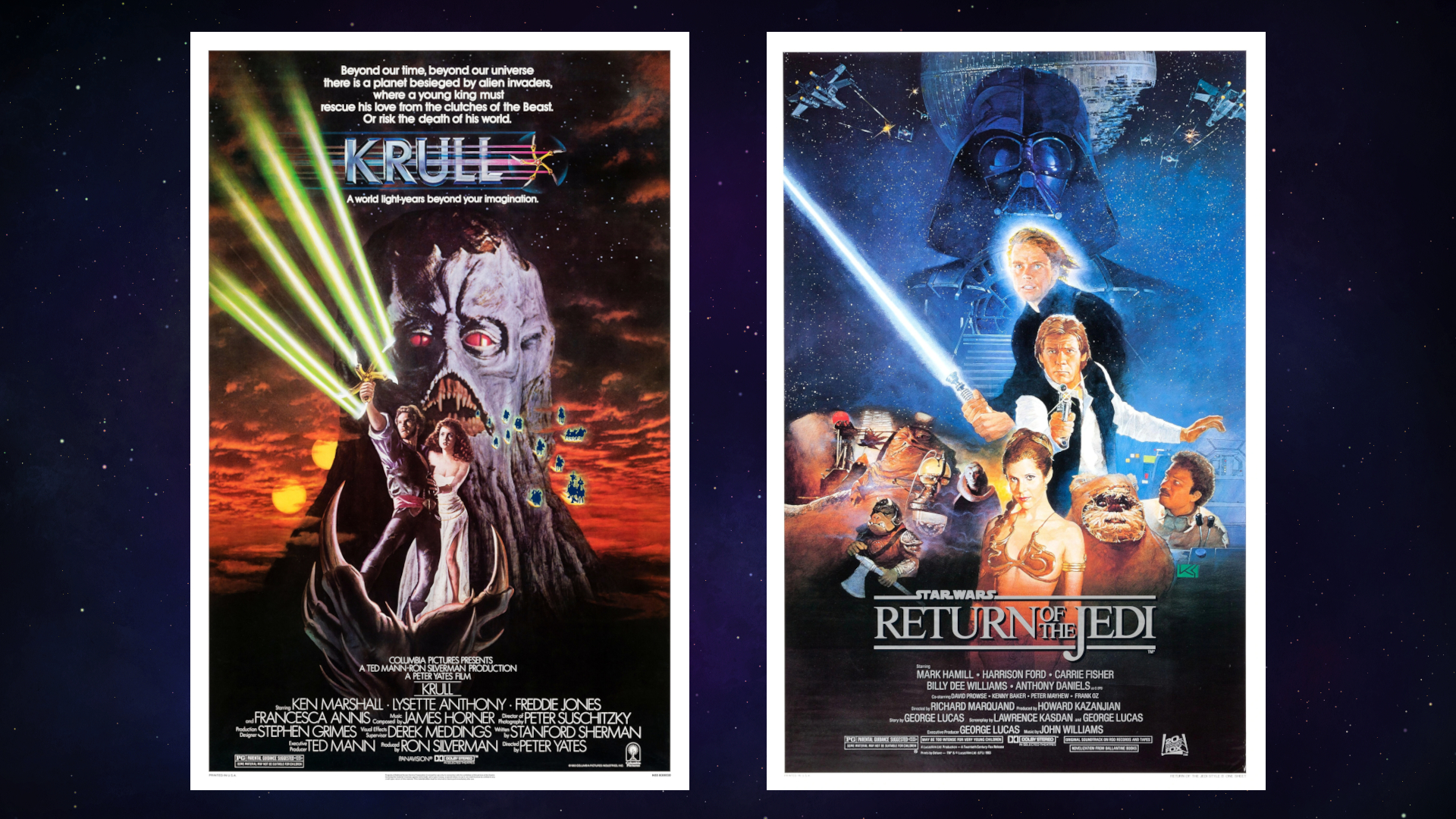
Tragedies like this are often the making of a fantasy hero so, with the help of Ynyr-Wan Kenobi, Colwyn sets off to rescue his fiancée. Along the way he shoves his hand into a pool of lava to recover the glaive (a magical, bladed boomerang) and then – although he possesses little visible charisma – persuades a shapeshifter, a Cyclops, a kid, and an army of hard-boiled mercenaries (Liam Neeson and Robbie Coltrane among them) to join his impossible quest.
Not a lot else about the movie stands up to scrutiny. Why is a herd of horses conveniently waiting for the band when they emerge from a particularly treacherous forest? How does Colwyn know how to use the glaive, despite his complete lack of training? How are the residents of Krull aware of other planets when the world is seemingly devoid of science or technology? And why does a place described on the film poster as "a world lightyears beyond your imagination" look so much like the British countryside? Audiences who'd seen "Return of the Jedi" a few months earlier must have felt massively disappointed.
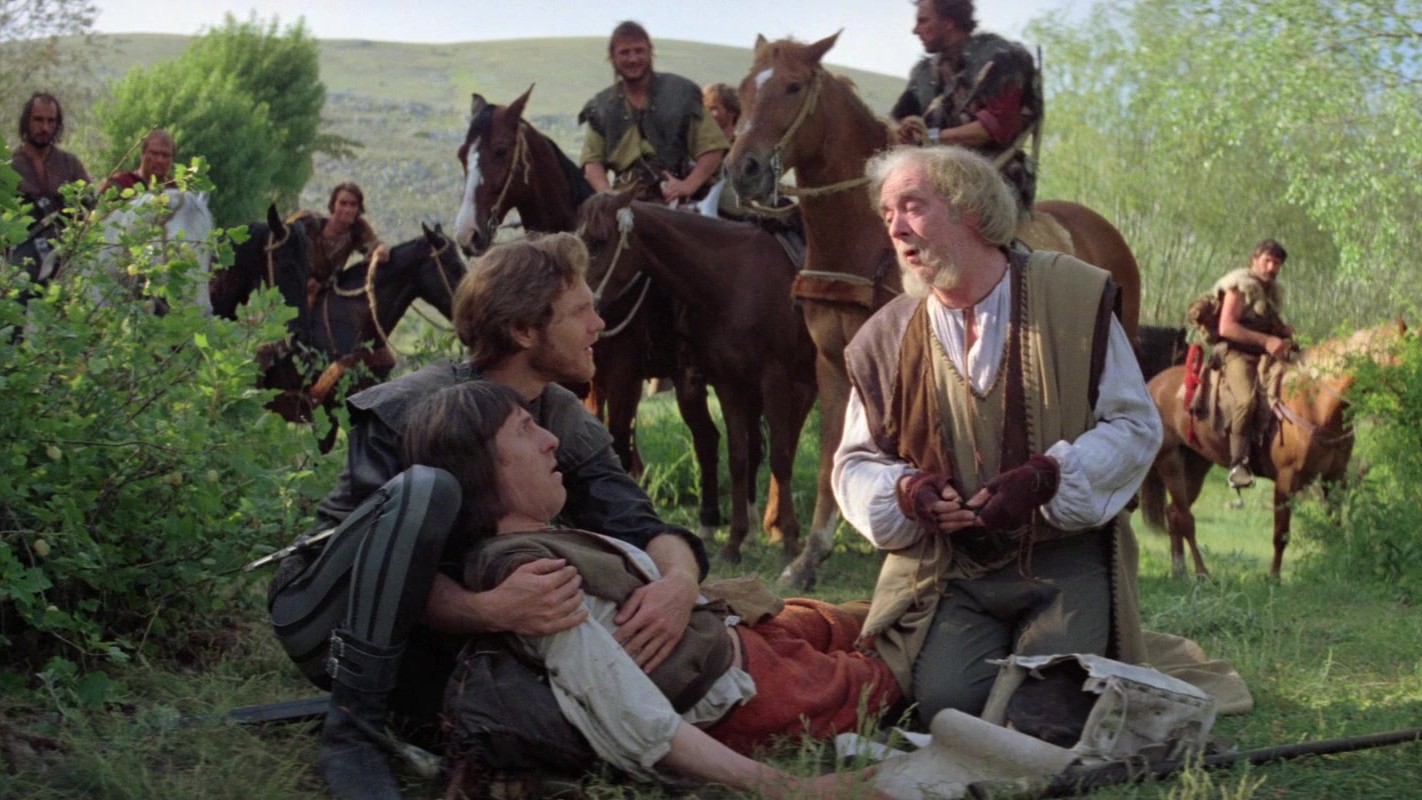
Despite its flaws, "Krull" is punctuated by ideas, characters, and moments that linger in the memory. Cyclops Rell (played by "Carry On" regular Bernard Bresslaw) is a genuinely tragic figure, cursed to live with a vision of his own heartbreaking demise. And even with minimal screentime, a pre-"Dune" Francesca Annis turns the enigmatic Widow of the Web into an unexpectedly sympathetic character – and that's despite a story arc that hinges on the sort of nominative contrivance that would later turn "Batman v Superman: Dawn of Justice" into a laughing stock.
The ingenious idea that the Black Fortress relocates every sunrise gives the story a sense of urgency it never quite capitalizes on, while sequences involving quicksand – or that famously ominous mix of heroes, spikes, and moving walls – hark back to the 1930s adventure serials that had previously inspired Lucas.
"Krull" also boasted two notable figures behind the scenes. The first was James Horner, whose magnificent score is arguably better than the movie, even though many of the themes are recycled from his masterful "The Wrath of Khan" soundtrack released the previous year. The other was Derek Meddings, the veteran of "Thunderbirds," the James Bond franchise, and the Christopher Reeve Superman movies who oversaw the movie's VFX. While many of the visuals look dated next to Industrial Light & Magic's work on "Return of the Jedi," "Krull" certainly delivers when it comes to giant spiders, alien overlords, and teleporting fortresses.
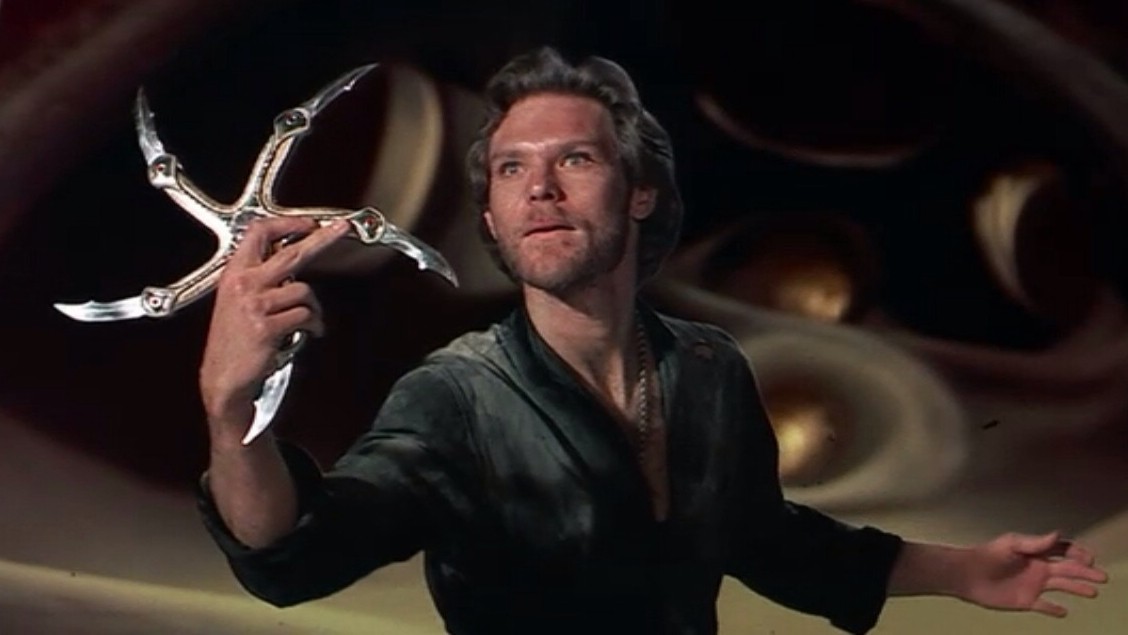
Then there's the weapon that may just be "Krull"'s most significant pop culture legacy. The glaive may not be as elegant as a lightsaber or as practical (surely you'd cut your hand every time you caught it?), but there's no question it made an impression on kids who watched the film on VHS in the '80s and '90s. Since then, it's been referenced everywhere from "South Park" and "Ready Player One" to "World of Warcraft." So, while "Krull" may not have been considered worthy of a "Willow"-style reboot (yet), this very '80s slice of science fantasy does live on in the unlikely form of a piece of spinning metal.
Join our Space Forums to keep talking space on the latest missions, night sky and more! And if you have a news tip, correction or comment, let us know at: community@space.com.
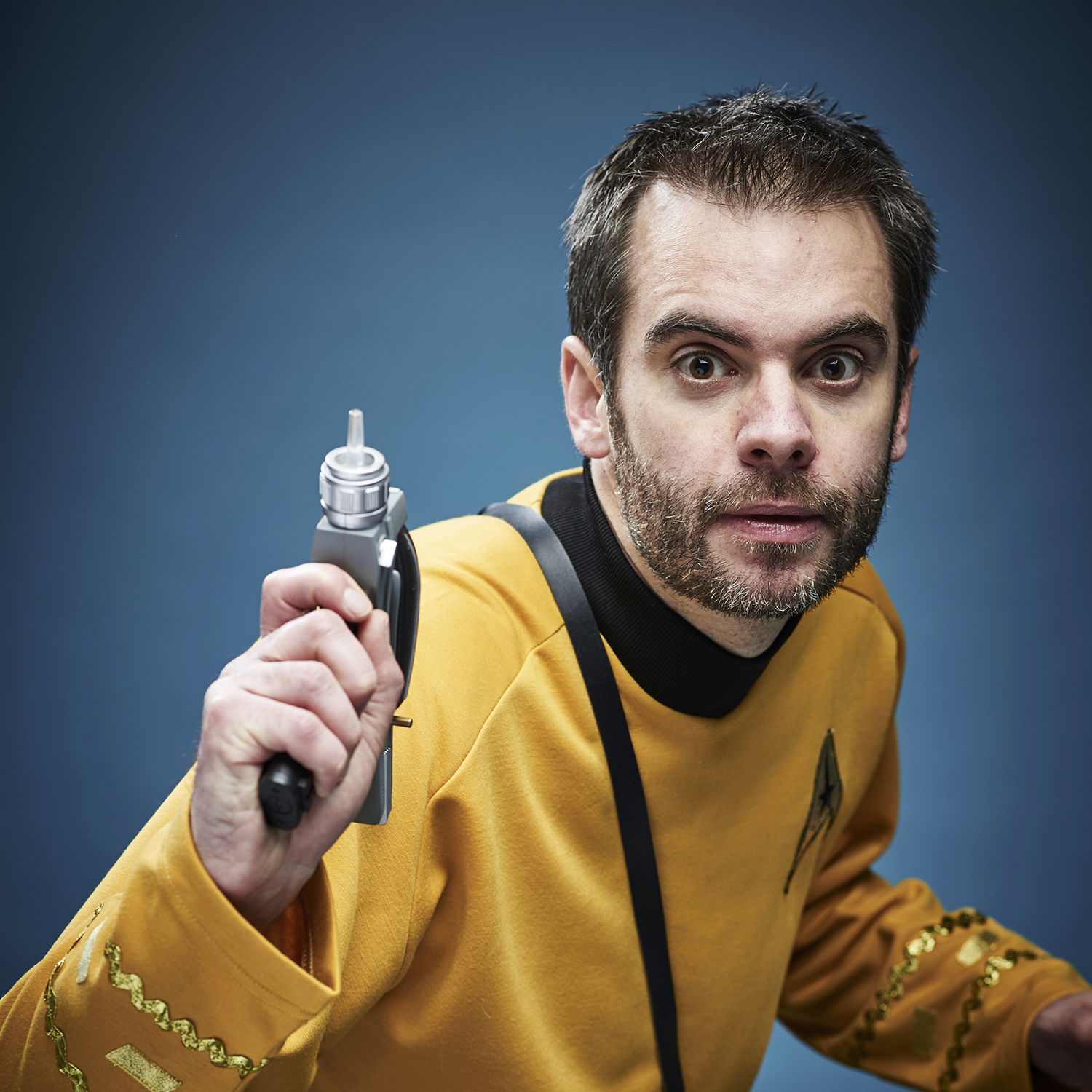
Richard's love affair with outer space started when he saw the original "Star Wars" on TV aged four, and he spent much of the ’90s watching "Star Trek”, "Babylon 5” and “The X-Files" with his mum. After studying physics at university, he became a journalist, swapped science fact for science fiction, and hit the jackpot when he joined the team at SFX, the UK's biggest sci-fi and fantasy magazine. He liked it so much he stayed there for 12 years, four of them as editor.
He's since gone freelance and passes his time writing about "Star Wars", "Star Trek" and superheroes for the likes of SFX, Total Film, TechRadar and GamesRadar+. He has met five Doctors, two Starfleet captains and one Luke Skywalker, and once sat in the cockpit of "Red Dwarf"'s Starbug.
-
UmbralKnight The article demonstrates the author watched Krull but it escapes me how the fire mares, controlling the glaive with the mind, the sand that stopped the crystal spider, the shape-shifting wizard, the marriage flame that became a hand flamethrower, the Emerald Seer, and so much more don't count as magic? For all it's cheesy fun the film is rife with magic. I'll grant the Slayers, the Black Fortress, and the powers of the Beast could be high science, but Krull is brimming with magic though it may not be flashy but saying it's "without magic"--- nope don't buy it.Reply -
24Hz Reply
It is also evident that whomever wrote this text has seen this movie with the eyes of a boring adult, very shaped into the present. This movie was supposed to be for children, and it worked. I saw it as a child, and even when well aware of Star Wars (or the 1978 Japanese Message from Space, which I also enjoyed as a kid), I still remember Krull with a nostalgic happiness that won't go away for non-contextualized articles like this. And by the way, I remember this film classified in its time as Heroic Fantasy rather than Sci-Fi.UmbralKnight said:The article demonstrates the author watched Krull but it escapes me how the fire mares, controlling the glaive with the mind, the sand that stopped the crystal spider, the shape-shifting wizard, the marriage flame that became a hand flamethrower, the Emerald Seer, and so much more don't count as magic? For all it's cheesy fun the film is rife with magic. I'll grant the Slayers, the Black Fortress, and the powers of the Beast could be high science, but Krull is brimming with magic though it may not be flashy but saying it's "without magic"--- nope don't buy it.









